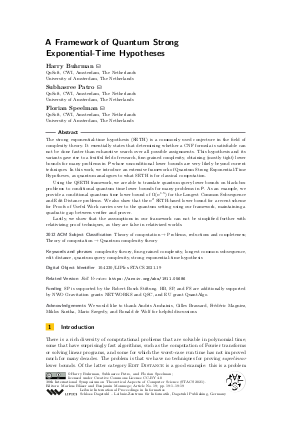LIPIcs.STACS.2021.19.pdf
- Filesize: 0.8 MB
- 19 pages

 Creative Commons Attribution 4.0 International license
Creative Commons Attribution 4.0 International license











Feedback for Dagstuhl Publishing